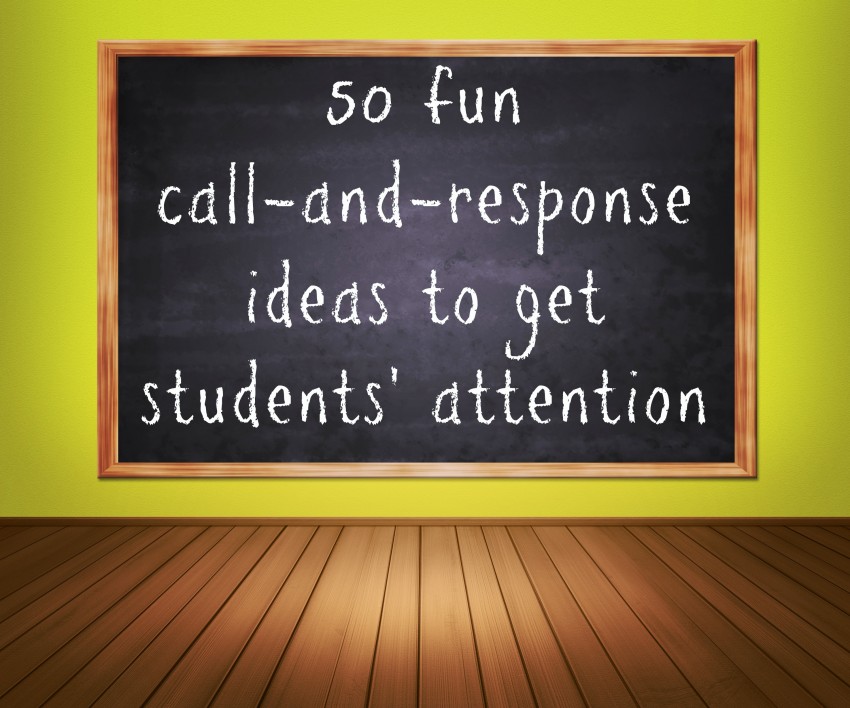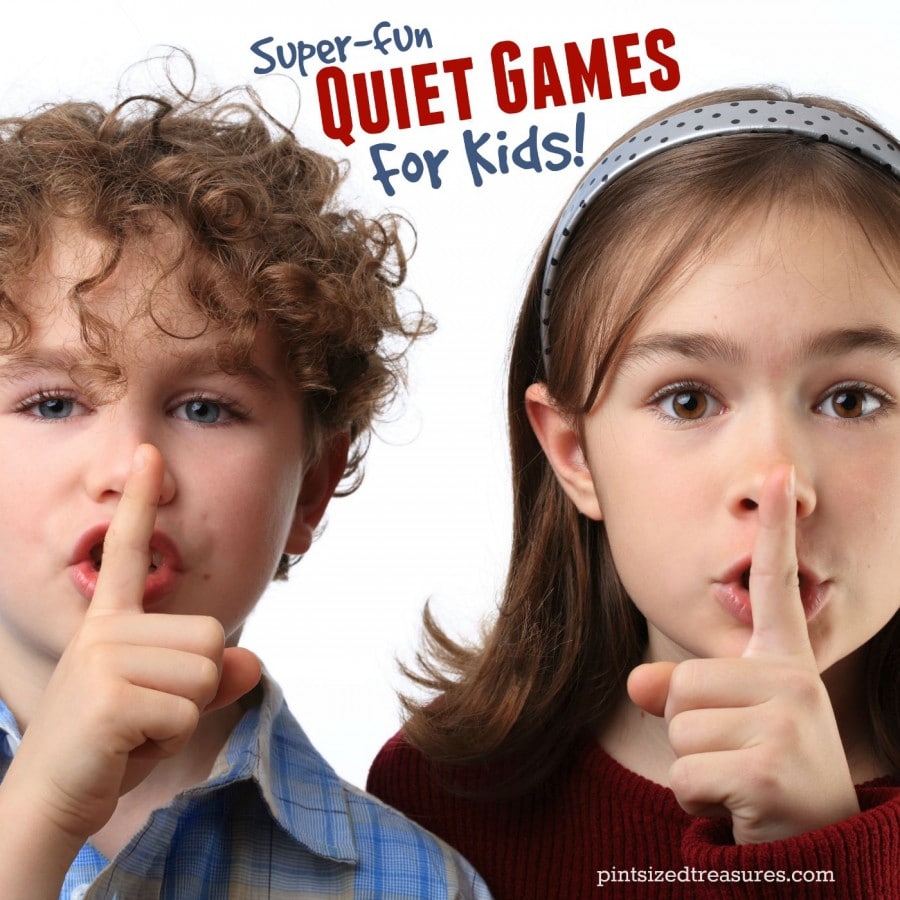How To Get Quiet As A Buddy

Imagine a classroom, buzzing with the joyous chaos of children learning and growing. Laughter mixes with the rustle of papers, and the murmur of small voices fills the air. But amidst the joyful noise, there's a quiet plea – a desire for moments of calm, for spaces where focused learning can truly flourish.
Becoming a "Quiet Buddy" is a journey of empathy and support, aiming to create a learning environment that caters to diverse needs. It's about learning how to create inclusive and effective learning environments for everyone in your learning community.
Understanding the Need for Quiet Buddies
The concept of a "Quiet Buddy" isn't about silencing the joy of learning; it's about creating balance. Schools are increasingly recognizing the importance of addressing the sensory needs of all students, including those who thrive in quieter environments.
Many children, especially those with sensory sensitivities, ADHD, or autism spectrum disorder, can find noisy environments overwhelming. A Quiet Buddy can offer support and provide strategies to navigate these challenges.
The Roots of the Quiet Buddy Approach
The idea of peer support systems within classrooms is not new, and it builds on existing models of peer tutoring and mentorship. Research increasingly supports the positive impact of these systems, fostering empathy, collaboration, and inclusivity among students.
According to a study published in the Journal of Positive Behavior Interventions, peer support can significantly improve academic and social outcomes for both the student receiving support and the student providing it.
These programs benefit both sides, creating a more welcoming and supportive learning community.
Becoming an Effective Quiet Buddy: Practical Steps
Becoming an effective Quiet Buddy involves understanding, empathy, and practical strategies. It's not just about telling someone to be quiet; it's about understanding why quiet is needed and providing support.
Developing Empathy and Understanding
The first step is learning about sensory sensitivities and the challenges faced by students who are sensitive to noise. This involves actively listening to the experiences of others and seeking out information from reliable sources.
Talk to your teachers, school counselors, or read articles from organizations like the Autism Society to better understand the spectrum of sensory sensitivities. Building empathy is key to effective support.
Strategies for Creating a Calming Environment
Quiet Buddies can learn and implement practical strategies to help their peers manage noisy environments. This includes identifying quiet spaces in the classroom or school, such as designated "calm corners."
Another helpful strategy is to use visual cues, like a "Quiet Time" sign, to signal when focused work is needed. Quiet Buddies can gently remind classmates to respect these cues.
Communication is Key
Effective communication is vital for a successful Quiet Buddy relationship. Learning to communicate respectfully and clearly is essential for providing support without judgment.
Practicing phrases like, "I know it's fun to talk, but maybe we could try to be a little quieter for a few minutes so everyone can focus?" can be helpful. Focus on gentle encouragement rather than scolding.
Learning to Identify Stress Signals
A crucial aspect of being a Quiet Buddy is learning to recognize signs of stress or overwhelm in your peer. This can include fidgeting, becoming withdrawn, or expressing feelings of anxiety.
If you notice your buddy seems overwhelmed, offering a break in a quieter area or suggesting a calming activity can be incredibly helpful. Knowing how to respond appropriately can make a significant difference.
Collaboration with Teachers and Support Staff
Quiet Buddies are not meant to work in isolation. Collaborating with teachers, counselors, and other support staff is essential for ensuring the student receives the best possible support.
Open communication with these professionals can help identify effective strategies and address any concerns that may arise. Remember, you're part of a team.
The Impact of Quiet Buddies: Stories of Change
The positive impact of Quiet Buddies can be seen in classrooms across the country. These stories highlight the potential for positive change when students support one another.
One inspiring example is a program at Willow Creek Elementary in Colorado, where students are trained as "Sensory Buddies" to help classmates navigate sensory challenges.
These Sensory Buddies learn about sensory processing and how to create calming spaces in the classroom. The result has been a more inclusive and supportive learning environment for all.
Another example comes from a middle school in Chicago, where a group of students noticed that some of their classmates struggled to focus during group work sessions. They volunteered to become "Focus Friends," offering gentle reminders and creating a more focused environment during collaborative activities.
Challenges and Considerations
While the Quiet Buddy approach can be incredibly beneficial, it's important to acknowledge potential challenges. It's crucial to ensure that the Quiet Buddy role doesn't become overwhelming for the student providing the support.
Regular check-ins with teachers and counselors can help address any concerns and ensure the Quiet Buddy feels supported. Clear boundaries and expectations are essential to prevent burnout.
It is also important to acknowledge that the Quiet Buddy model is not a substitute for professional support. Students with significant sensory needs may require additional interventions from therapists, special education teachers, or other professionals.
The Future of Inclusive Learning Environments
The Quiet Buddy approach represents a broader shift towards creating more inclusive and supportive learning environments. By fostering empathy and teaching practical strategies, schools can empower students to support one another and create a culture of understanding.
As awareness of sensory sensitivities and neurodiversity grows, programs like Quiet Buddies are likely to become more widespread. By investing in these programs, we can create classrooms where every student feels valued and supported.
Reflections on the Power of Peer Support
The role of a Quiet Buddy is a testament to the power of peer support. It demonstrates the potential for students to create positive change in their classrooms and communities.
By learning to understand and support their peers, Quiet Buddies are not only helping others thrive but also developing valuable skills in empathy, communication, and leadership.
The Quiet Buddy model is more than just a strategy; it's a movement towards creating more compassionate and inclusive spaces for all. It’s about recognizing the beauty and potential within each student, and empowering them to create a more harmonious and supportive world, one classroom at a time.


















